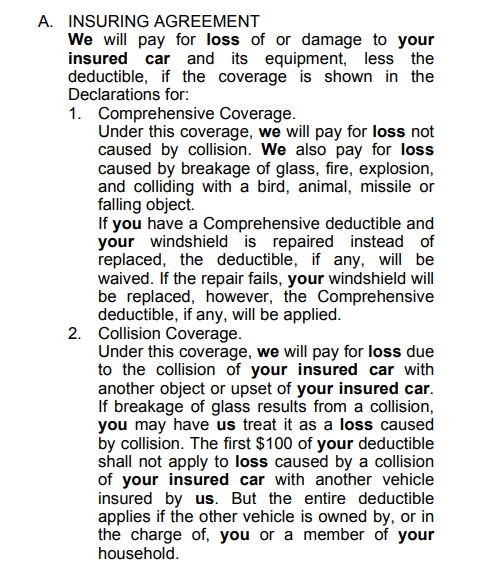Pacific Prime Fundamentals Explained
Pacific Prime Fundamentals Explained
Blog Article
Fascination About Pacific Prime
Table of ContentsThe Definitive Guide for Pacific PrimeThe Definitive Guide to Pacific PrimePacific Prime Fundamentals ExplainedAll About Pacific PrimeThe 8-Minute Rule for Pacific Prime

This is due to the fact that the data were collected for a period of strong financial efficiency. Of the estimated 42 million individuals who were uninsured, almost concerning 420,000 (about 1 percent) were under 65 years old, the age at which most Americans come to be eligible for Medicare; 32 million were grownups between ages 18 and 65, about 19 percent of all grownups in this age team; and 10 million were children under 18 years old, regarding 13.9 percent of all youngsters (Mills, 2000).
These price quotes of the variety of persons without insurance are created from the annual March Supplement to the Existing Population Study (CPS), carried out by the Demographics Bureau. Unless otherwise kept in mind, national quotes of people without health insurance coverage and proportions of the population with various sort of protection are based on the CPS, one of the most commonly made use of source of price quotes of insurance policy protection and uninsurance rates.
The Of Pacific Prime

Still, the CPS is particularly useful because it generates annual estimates relatively promptly, reporting the previous year's insurance policy protection estimates each September, and since it is the basis for a constant collection of estimates for more than 20 years, enabling analysis of fads in insurance coverage with time. For these reasons, as well as the extensive use the CPS in various other researches of insurance policy protection that exist in this report, we count on CPS estimates, with limitations noted.

The estimate of the number of uninsured people expands when a populace's insurance policy standing is tracked for numerous years. Over a three-year period starting early in 1993, 72 million people, 29 percent of the united state populace, were without coverage for at the very least one month. Within a solitary year (1994 ), 53 million individuals experienced at the very least a month without coverage (Bennefield, 1998a)
6 out of every 10 uninsured grownups are themselves employed. Working does boost the probability that one and one's household participants will certainly have insurance policy, it is not an assurance. Also participants of family members with two full-time wage earners have nearly a one-in-ten chance of being without insurance (9.1 percent uninsured price) (Hoffman and Pohl, 2000).
Our Pacific Prime PDFs
New immigrants account for a significant proportion of people without medical insurance. One analysis has actually connected a significant part of the current development in the dimension of the U.S. without insurance population to immigrants who arrived in the country in between 1994 and 1998 (Camarota and Edwards, 2000). Current immigrants (those who pertained to the United States within the past 4 years) do have a high rate of being without insurance (46 percent), yet they and their children represent simply 6 percent of those without insurance policy nationally (Holahan et al., 2001).
The partnership in between health insurance and access to care is well established, as recorded later on in this phase. The relationship in between health insurance policy and wellness results is neither straight neither basic, an extensive scientific and health services research literature web links wellness insurance protection to better access to care, much better high quality, and boosted personal and populace health standing.
Degrees of analysis for examining the effects of uninsurance. This conversation of medical insurance coverage focuses primarily on the united state populace under age 65 due to the fact that practically all Americans 65 and older have Medicare or other public coverage. It concentrates specifically on those without any health and wellness insurance policy for any kind of length of time.
Getting The Pacific Prime To Work
The problems encountered by the underinsured are in some areas comparable to those dealt with by the without insurance, although they are usually less serious. Health insurance coverage, however, is neither essential neither enough to get access to clinical services. The independent and straight effect of wellness insurance protection on accessibility to health services is well developed.
Others read what he said will certainly obtain the health and wellness treatment they require even without health and wellness insurance coverage, by spending for it out of pocket or seeking it from providers that offer care cost-free or at extremely subsidized prices. For still others, health insurance policy alone does not guarantee receipt of treatment due to various other nonfinancial barriers, such as a lack of healthcare suppliers in their area, minimal accessibility to transportation, illiteracy, or etymological and social differences.
Indicators on Pacific Prime You Should Know
Official research regarding without insurance populations in the USA dates to the late 1920s and very early 1930s when the Committee on the Price of Healthcare produced a collection of reports about financing medical professional office visits and hospitalizations. This concern ended up being significant as the numbers of medically indigent climbed throughout the Great Clinical depression.
Report this page